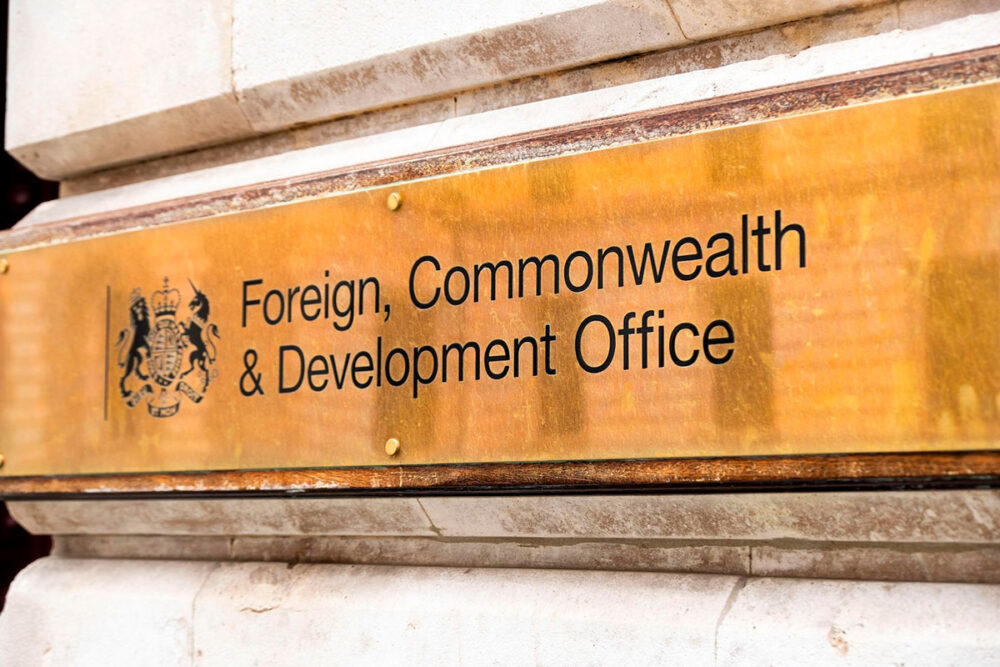Background to the report
Concerns that the criminal justice system (CJS) is not responsive to the specific needs of women are longstanding. Women are a minority in the CJS and accounted for just 4% of the prison population as at September 2021. In 2007, following the deaths of six women at Styal prison within a year, the government commissioned the Corston Report. The report stressed that the underlying reasons why men and women offend and their response to interventions and rehabilitation differed. It therefore suggested a different approach was needed to achieve equality of outcomes for women.
Jump to downloadsFollowing the report, the government sought to develop a stronger focus on the needs of women in the CJS. This culminated in the publication of the Ministry of Justice’s (the Ministry’s) Female Offender Strategy (the strategy) in June 2018. With the strategy, the Ministry aims to reduce crime, pressure on services and the cost of dealing with women in the CJS, and to improve outcomes for women at all points in the justice system. While the Ministry holds overall responsibility for the strategy, its success relies on the various bodies involved in a woman’s journey through the system, including agencies within the CJS, other government departments, local government and the third sector.
Scope of the report
This report largely focuses on the commitments of the Female Offender Strategy and does not aim to assess all the various individual interventions or initiatives carried out by the Ministry and wider government that may impact on women’s lives and therefore contribute to the strategy’s aims.
Over three years since the publication of the strategy, the report examines:
- the Ministry’s approach to implementing the strategy (Part Two);
- its progress so far (Part Three and Appendix Three); and
- whether it is on track to achieve its aims (Part Three).
Report conclusions
There is clear value in the aims of the government’s 2018 Female Offender Strategy, given the negative impacts of offending on women and their families and the substantial but poorly understood costs to the taxpayer. The Ministry established a programme to oversee implementation of the strategy but it did not prioritise investment in the programme, even prior to the COVID-19 pandemic. Progress in implementing activities has therefore been limited. Several aspects of programme management and accountability, including goals, governance and monitoring and evaluation arrangements, have been weak.
The strategy’s aims require cross-government collaboration and cannot be addressed by the Ministry alone. This makes transparency and building the evidence base of what works particularly vital. But the Ministry does not have a good understanding of the impact of the programme’s interventions or whether the system is yet working as it intends. The Ministry must get a better grasp of changes in the system and their impact so that it can identify and share best practice and secure and prioritise limited funding. It cannot demonstrate that its funding is delivering value for money, nor will it be able to until it develops this understanding.
“The Ministry of Justice has not made the Female Offender Strategy a priority. The strategy is intended to improve outcomes for women, but a lack of clear goals makes it hard to evaluate progress. Even in the areas where it focused attention, such as developing community options for women, delivery has been disappointing.
“The Ministry of Justice must clarify its aspirations and priorities for women, and match these to clear actions and funding, to improve how the criminal justice system treats women.”
Gareth Davies, the head of the NAO
Downloads
- Report - Improving outcomes for women in the criminal justice system (.pdf — 428 KB)
- Summary Improving outcomes for women in the criminal justice system (.pdf — 118 KB)
- ePub - Improving outcomes for women in the criminal justice system (.epub — 3 MB)
Publication details
- ISBN: 9781786044068 [Buy a hard copy of this report]
- HC: 1012, 2021-22
Press release
View press release (19 Jan 2022)


